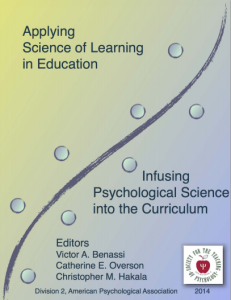 John Hattie (University of Melbourne) and Greg Yates (University of South Australia) had joined forces in 2013 for their book “Visible Learning and the Science of How We Learn“. In 2014 they have co-authored another hands-on text about feedback in the classroom. Their paper has been published in “Applying Science of Learning in Education”, a publication by the American Psychological Association.
John Hattie (University of Melbourne) and Greg Yates (University of South Australia) had joined forces in 2013 for their book “Visible Learning and the Science of How We Learn“. In 2014 they have co-authored another hands-on text about feedback in the classroom. Their paper has been published in “Applying Science of Learning in Education”, a publication by the American Psychological Association.
Feedback in context
Feedback in the classroom can be defined as “information allowing a learner to reduce the gap between what is evident currently and what could or should be the case”. But real-world scenarios do not always live up to this ideal. According to Hattie and Yates there might be an “empathy gap”:
- Teachers claim they routinely give a lot of helpful feedback to their students.
- Trained classroom observers see very low levels of teacher-to-student feedback.
- Students report very little feedback from their teachers, “a few seconds a day.” They receive more feedback from their peers, but much of it is incorrect.
Quick take-aways related to feedback in the classroom
To improve this situation Hattie and Yates provide an engaging and accessible explanation of how effective feedback works. Here are some quick take-aways from the paper “Using feedback to promote learning”. You can download and read the full text here.
- Praise is a common form of feedback, but it is often unhelpful.
- Effective feedback is a common denominator of many of the top ten influences on achievement.
- Two feedback analogies
- “Computer video game”: Level it up. Make it not too hard, not too easy.
- “GPS device”: You know where you want to go, but lack specific knowledge about how to get there.
- Three Feedback questions:
- What is the goal?
- What progress is being made?
- What is the next step?
- When errors are welcomed, feedback is more effective.
- Feedback is different at different levels of mastery:
- Novice level: immediate feedback,
- Intermediate level: alternative strategies,
- Advanced level: self-regulated learning.
Source
Hattie, J.A.C. & Yates, G.C.R. (2014). Using feedback to promote learning. In Benassi, V. A., Overson, C. E., & Hakala, C. M.(eds), Applying the science of learning in education: Infusing psychological science into the curriculum (pp 45-58) Washington, DC: American Psychological Association. Free PDF download available: http://teachpsych.org/ebooks/asle2014/
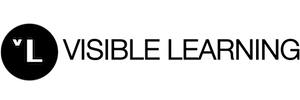
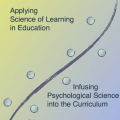
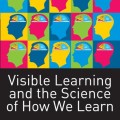



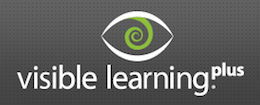
[…] John Hattie’s research has informed our beginning thinking on feedback loops. […]